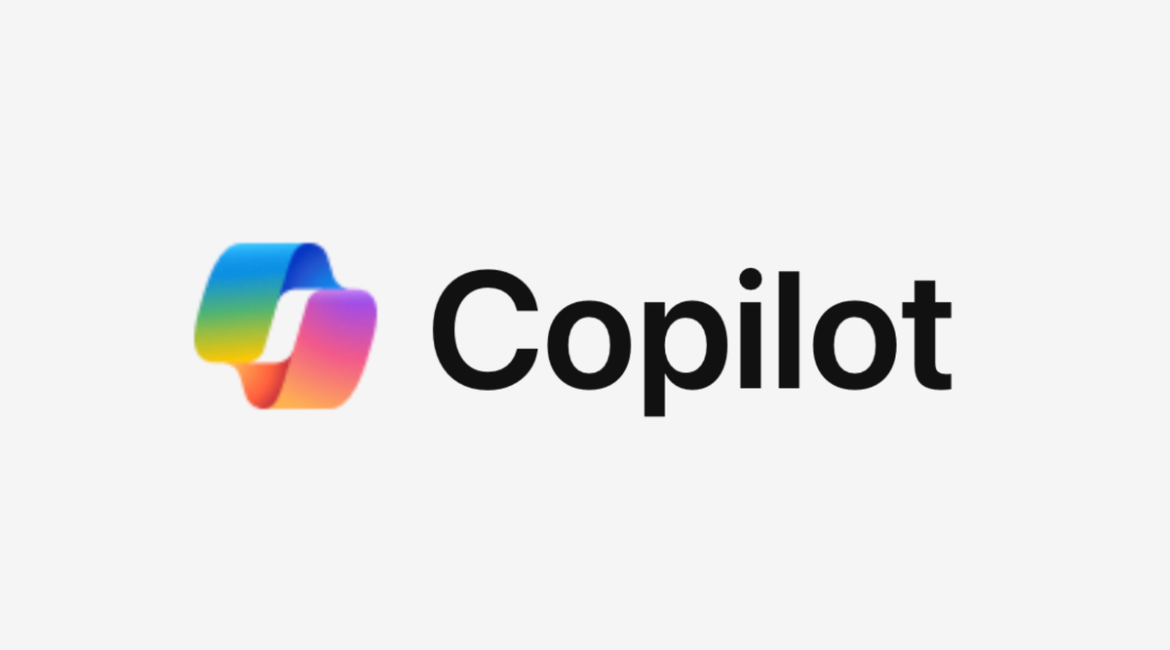Exploring the Basics of SharePoint Forms Designer SharePoint Forms Designer is a powerful tool that allows you to create and customize forms in SharePoint. With this tool, you can easily design forms that match your organization's branding and meet your specific requirements. One of the key benefits of SharePoint Forms...
Elevating Construction Projects with CMS 365: A Comprehensive Guide
The construction industry faces numerous challenges, from project management to ensuring safety compliance. Leveraging CMS 365, a SharePoint-based documentation and publishing platform integrated with Microsoft Teams, construction firms can streamline their operations, improve efficiency, and enhance collaboration. Here are five key areas where CMS 365 can revolutionize the construction industry: Standardizing Templates:...
How to Create an effective SharePoint Workflow
Unlock the full potential of SharePoint by mastering the art of workflow design. Learn the best practices for creating efficient and effective workflows that streamline your business processes. The Importance of Workflow Design in SharePoint SharePoint workflow design plays a crucial role as it determines how efficiently and effectively business...
Learn How to Create a Form in SharePoint
Learn how How to Create a Form in SharePoint, easily streamline data collection and improve workflow efficiency. Understanding SharePoint forms SharePoint forms are a powerful tool for collecting and organizing data. They allow users to input information in a structured format, making it easier to store and analyze. By understanding...
Best Practices for Document Management in SharePoint
Discover the top strategies for efficient document management in SharePoint. Understanding Document Management in SharePoint Understanding Document Management in SharePoint involves effectively managing and organizing documents within the SharePoint platform. It is important to have a clear understanding of how SharePoint handles document management to ensure efficient and streamlined processes....
Data Protection Strategies for Schools: Safeguarding Information
In today's digital age, data protection is crucial for schools to safeguard sensitive information and prevent breaches. This blog explores effective strategies for ensuring data security in educational institutions.Ensuring Compliance with Data Privacy Laws in Educational InstitutionsEducational institutions must prioritize compliance with data privacy laws to protect student and staff...
Creating a SharePoint Calendar: Step-by-Step Guide
Discover the simple steps to seamlessly integrate a calendar into your SharePoint site.Understanding the SharePoint Calendar App in SharePointThe SharePoint Calendar App is a powerful tool that allows you to keep track of important events and deadlines in your organization. It provides a visual representation of dates and allows you...
What is a SharePoint site?
Discover the power and functionality of a SharePoint site in this comprehensive blog post.Understanding SharePoint sitesif you've ever wondered 'what is a SharePoint site?' Well, it's a web-based platform developed by Microsoft that allows teams to collaborate, store, organize, and share information and documents. It provides a centralized location where...
What is a SharePoint List? A Complete Guide to SharePoint Lists
Discover what is a SharePoint list and their key components and benefits this comprehensive guide. Understanding SharePoint Lists Have you ever wondered 'What is a SharePoint list?'. Well, a SharePoint list is a collection of data that is organized into rows and columns. It is similar to a table in...
Is your SharePoint and Teams content Copilot Ready?
How to successfully adopt AI is one of the most important challenges facing CIOs this year. There are several key challenges, including this shared by Microsoft, “Copilot uses your existing permissions and policies to deliver the most relevant information, building on top of our existing commitments to data security and...












